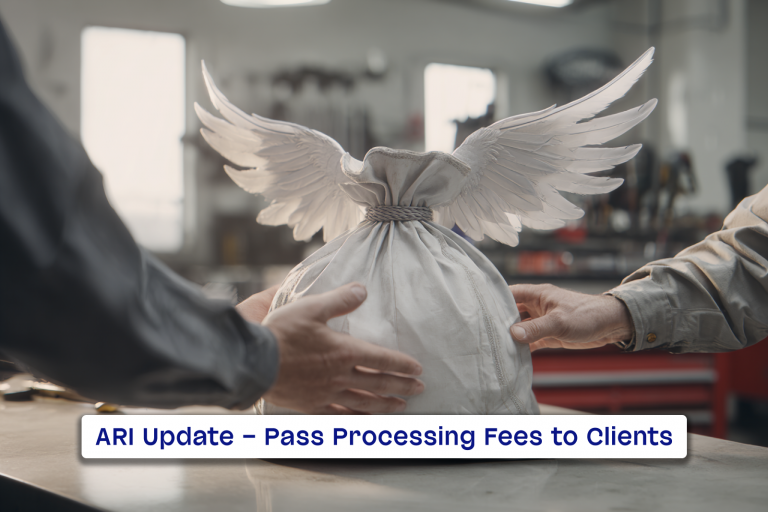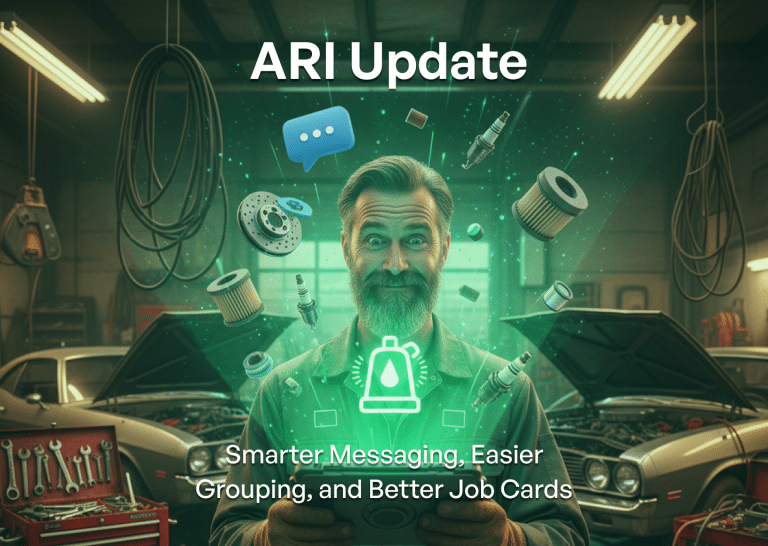Are you struggling with getting customers because your prices are too high, and do you barely turn in profit whenever you lower the cost of your services? Finding the sweet spot for your mechanic labor rate may be stressful, and it’s nothing but a balancing act that needs to be well thought out. Let’s explore all the factors you need to consider and find a solution that works for you.
Mechanic Labor Rate Factors & Features
Setting profitable labor rates that are also competitive requires a deep dive into some key factors that we’ll be laying out for you.
Industry Averages
As a shop owner and manager, you should do your homework and understand the rates in your local area. For example, Mississippi state carries the lowest average hourly rate at $110 compared to California’s $175 which is the highest. However, auto shops in Chicago charge anywhere between $80 to $189. This is why it’s important to not just think about numbers but also understand your specific market, your customers, and your value, and then try to fit somewhere among the industry averages.
Labor Guide Metrics
Every auto shop should be able to calculate all the repair times and using specialized software is becoming the standard practice in the industry. Having a better understanding of how much time every task takes is the right way to determine a more accurate estimate.
Experience Level
It’s important not to punish faster-working employees for their efficiency. This means that experienced mechanics should be able to complete tasks faster. It’s only natural that seasoned experts would have a higher hourly rate, and this is something else to consider as a shop owner.
Service Area
The service area you cover plays a significant role in determining labor rates naturally. Places with higher overhead costs would require similar rates to keep the lights on and the doors open. Of course, there are always exceptions. Honolulu, HI, is a living example with its sky-high rents but still has one of the lowest labor rates.
The Type of Shop You Manage
Whether you are a jack-of-all-trades or own an in-and-out lube specialized shop, you should know how important this is for determining how labor is priced out. For example, general auto shops range between $75 and $125 per hour. Oil change, on the other hand, takes about 30 to 45 minutes and can cost $145 on average.
Additional Factors to Consider
The above list covers important factors to consider when setting the right mechanic labor rate for your shop. Here’s what else should be taken into account.
Shop Overhead Costs
Insurance and rent alone are high enough, but there are also many recurring expenses such as utilities, tools, and equipment maintenance.
Customer Base and Market Competition
Another factor that requires a bit more research on your side and namely – settling on that target audience. Who is your customer? What can this customer afford? What may make it seem you’re underselling? A good place to start is the average household income in the area. Also, don’t forget to check what your direct competitors are charging.
Unique Selling Points
Last but not the least, talk to… yourself. Sit down and think about your shop’s unique selling points. These may include anything – from different certifications and specialized equipment to 24/7 services or warranties and guarantees.
ARI Can Help You Set the Right Labor Rate
ARI is a comprehensive auto repair software that helps the individual mechanic, full-service shops, and even the end customer. One of the features ARI comes with is estimating labor times, which is a standard feature other auto apps offer. However, ARI comes with an additional feature – diagnosis, which can generate repair and maintenance reports.
ARI will help you set the right mechanic labor rate for your shop, making use of guides for calculating, estimating, and recording repair time, leaving practically minimum room for mistakes. On top of that, this is just one of the many other features ARI has to offer to make your auto shop thrive.







